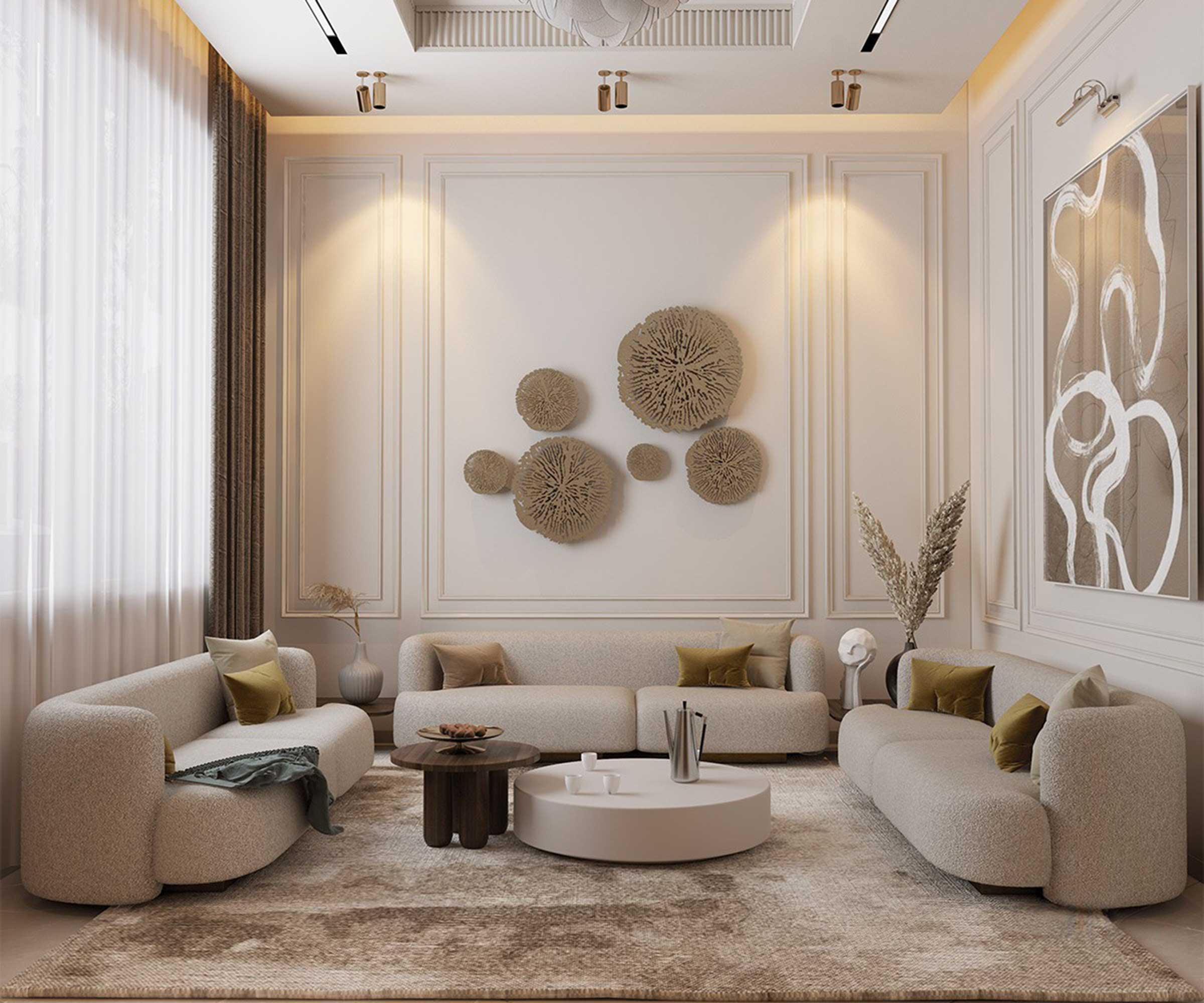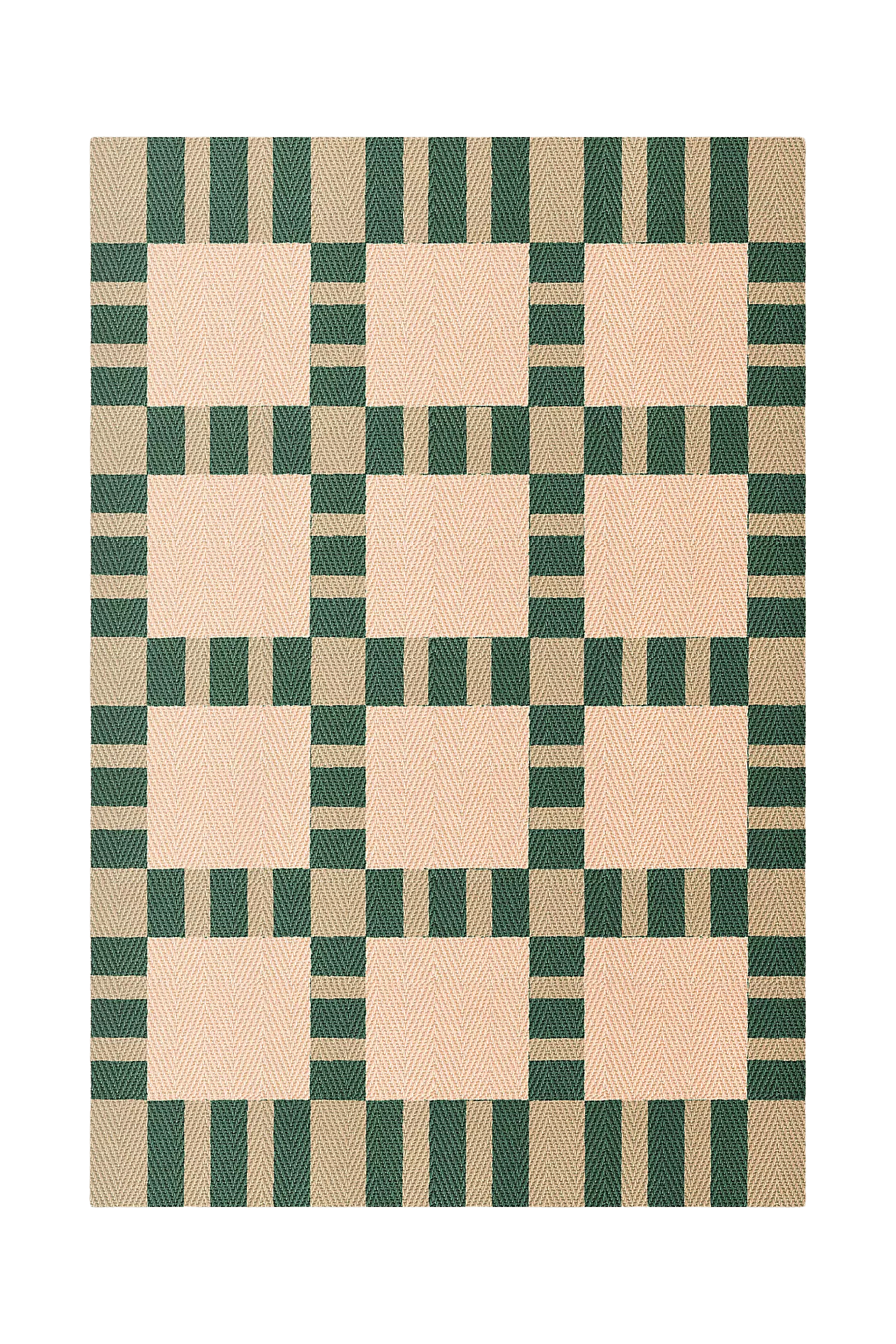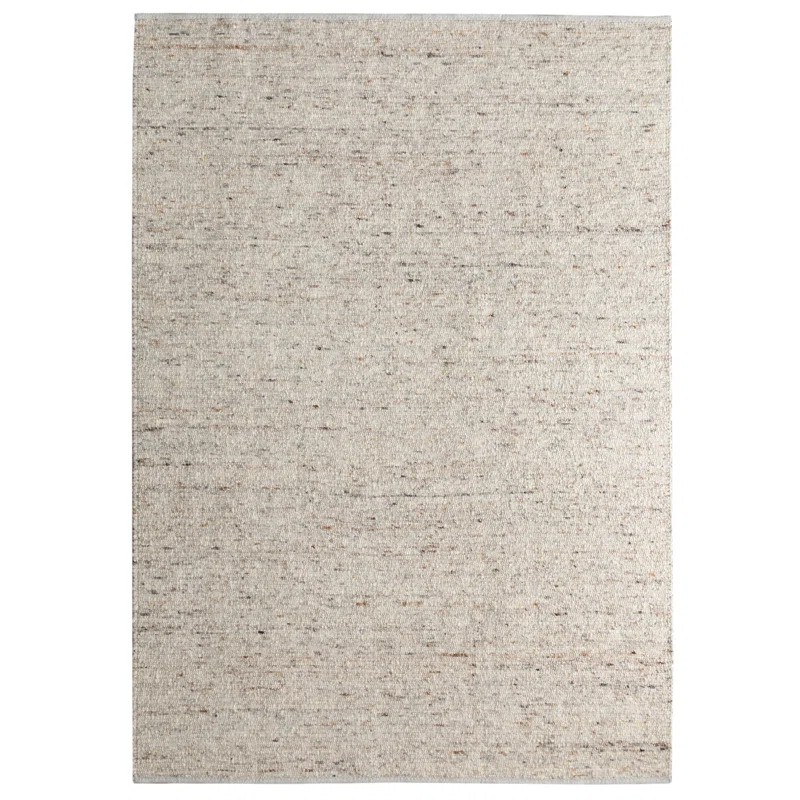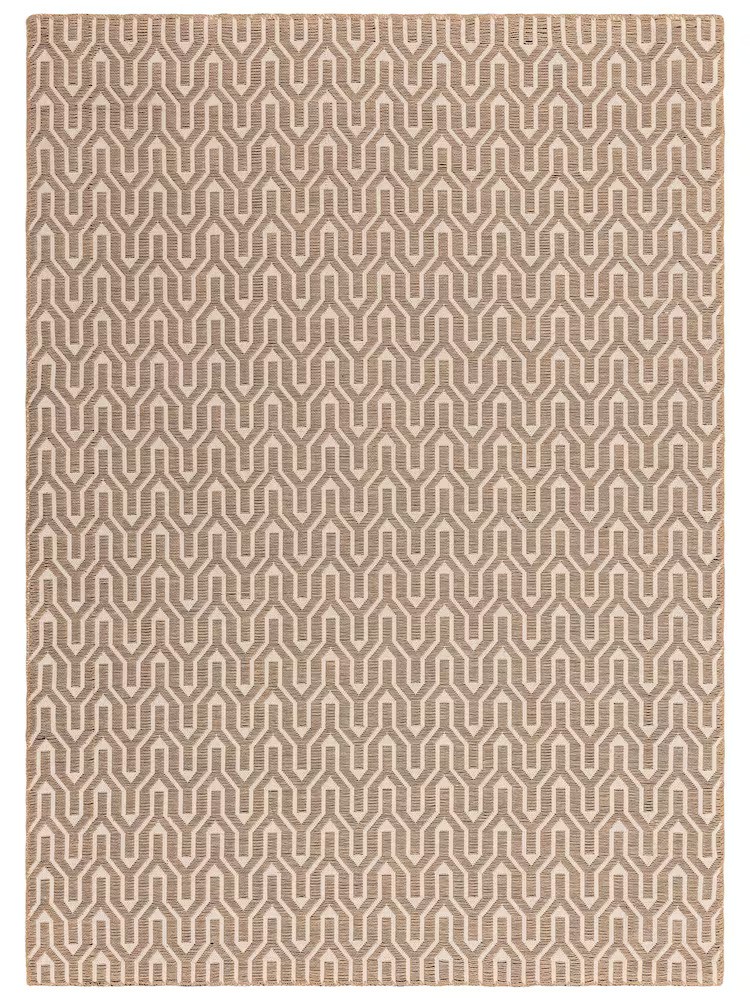This One Unexpected Piece of Decor Is Absorbing Heat and Making Your Home Feel Even Hotter in Warm Weather
If you’re struggling to cool down your home, maybe take a look underfoot


They’re the finishing touch, the layer that adds texture, color, and warmth to a space. Rugs are an essential part of modern interior design — anchoring furniture, defining zones, and muffling sound. But while rugs often go under the radar once laid, they could be doing more than styling your space. In fact, the wrong rug might be making your room feel warmer — and not in a cozy way.
As we enter warmer months, homeowners begin their seasonal rituals: swapping out heavy throws for linens, switching the duvet to a lighter tog, and opening windows for fresh air. But if you want to cool down a room that still feels stuffy or heat-retentive, it might be time to look underfoot. The rug — particularly those made with synthetic materials and dense piles — could be trapping more heat than you realize.
The idea that rugs contribute to a room’s thermal behavior might sound far-fetched at first. But once you understand the materials and construction of modern rugs, it begins to make a lot more sense. Much like your clothing, your floors can breathe — or not — depending on what you’ve dressed them with.
How Do Rugs Store Heat?

At the heart of this heat-retention issue are two common culprits: synthetic fibers and dense pile construction. Many mass-produced living room rugs today are made from manmade materials such as polypropylene, nylon, polyester, or acrylic. These fibers are prized for their affordability, durability, and stain resistance—but they aren’t great when it comes to breathability.
"Synthetic materials don’t allow air or moisture to pass through easily," says Reena Sotropa, principal designer at Reena Sotropa. "Instead, they tend to trap warmth, especially when combined with a thick or high-pile weave. Imagine walking into a room with wall-to-wall polyester carpet or a heavy, dense rug underfoot: it may feel plush, but that plushness comes at a thermal cost."
These materials act like insulation, absorbing heat from sunlight, warm air, or even body heat, and releasing it slowly — creating a lingering warmth that can make your room feel uncomfortable during summer.
Even more so, rugs laid over poorly ventilated flooring, like concrete or engineered wood with minimal airflow, can act like heat blankets. According to Reena, if the rug traps warm air and doesn’t allow for cooling through evaporation or circulation, your floor can become a surprising source of heat — something most people would never think to consider.
The Livingetc newsletters are your inside source for what’s shaping interiors now - and what’s next. Discover trend forecasts, smart style ideas, and curated shopping inspiration that brings design to life. Subscribe today and stay ahead of the curve.
What Are Better Options for Thermoregulating?

Luckily, not all rugs are heat hoarders. One alternative to try are wool rugs, such as the Salford Rug from The Cotswold Company. Wool rugs are a tried and tested fiber that has been used not just for its softness and durability, but also for its thermoregulatory properties.
“Wool rugs excel at keeping rooms cool in summer and warm in winter, much like wool clothing,” states Alessandra Smith of Alessandra Smith Design. “That’s because wool is a natural insulator that responds to ambient temperature and body heat. Its fibers have a unique crimped structure that allows it to breathe, releasing heat and moisture when necessary. This keeps air circulating through the pile rather than trapping it—making wool a far more balanced choice for temperature control.”
Another excellent choice for hot retaining too much heat is cotton. Though not as insulating as wool, cotton blended rugs such as the Slub Stripe Sweater Rug from West Elm are typically flatter, lighter, and more breathable — ideal for summer when trying to cool down sunrooms or kitchens where airflow is key. Jute and sisal rugs also offer benefits. "As plant-based fibers, they’re naturally breathable and eco-friendly, though slightly coarser underfoot," Alessandra continues. "They help reduce heat buildup without adding a spongy, insulating layer like synthetic options often do."
And don’t overlook the rug pad. While necessary for comfort and keeping even the best rugs in place, dense foam pads can also trap heat. Look for natural rubber or felt pads from Amazon that allow for some air exchange between your floor and the rug above.

A blend of jute and cotton, this rug is from the "Late Breakfast" collection in collaboration with Evelina Kroon’s this LAYERED rug features the artists' graphic signature style.

Rated 4.8 out of 5 by customers, this area rug is made from 100 % virgin wool, yarn core as well as chain and weft made of natural jute. Thanks to its natural color scheme, the Landshut hand-woven rug is kept extremely simple and is an enrichment for any room, without being too dense.
As interior design trends become more functionality conscious — focusing not just on how a space looks but also how it performs — it’s worth considering every layer of the room, even the one beneath your feet. Rugs are often chosen for aesthetics, but their impact on a room’s microclimate is real, especially in small or poorly ventilated spaces.
So next time your room feels warmer than it should, don’t just blame the sun or your radiator — look down. Your rug might be absorbing more than just footsteps.

Seraphina is a contributing editor at Livingetc, writing Advice features on design, renovation and organisation. Seraphina is a qualified Interior Designer from KLC School of Design having worked at London-based interior design agencies Anouska Hempel and ND Studios. Seraphina has also completed her MA degree in Magazine Journalism at City, University of London, with previous experience including writing for Homes & Gardens, Women's Health, Food & Travel and Fabulous Magazine.
